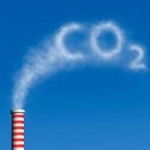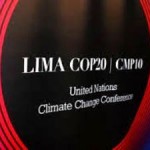Sustainable Transportation
Potential emissions reductions from the transportation sector are assessed at 2 Gt of CO2 equivalent by 2020.
The report notes that there is already a shift with the eight biggest multilateral development banks at the recent Rio+20 Summit pledging US $ 175 billion over the next decade for measures such as bus rapid transport systems.
The report recommends the ‘Avoid, Shift and Improve’ polices and measures that encourage improved land planning and alternative mobility options such as buses, cycling and walking above the private car alongside better use of rail freight and inland waterways.
Combinations of improved vehicle standards and scrappage schemes for old vehicles can also assist. The report says approved and proposed new standards in seven countries ranging from Australia and China to the European Union, the Republic of Korea and the United States are expected to reduce fuel consumption and greenhouse gas emissions of new light-duty vehicles by over 50 per cent by 2025 from 2000 levels.

Forestry
“Although it remained under-utilized, ‘avoided deforestation’ is considered a low cost greenhouse gas emissions reductions option,”” says the report.
Policies to assist in reducing deforestation and, thus, greenhouse gas emissions, include establishing protected areas such as national parks to economic instruments such as taxes, subsidies and payments for ecosystem services.
The report cites Brazil where a combination of conservation policies allied to falls in agricultural commodity prices has led to a decrease in deforestation by three quarters since 2004 avoiding 2.8 Gt of CO2 equivalent between 2006 and 2011.
Protected areas in Costa Rica now represent over as fifth of its territory, reducing greenhouse gas emissions and triggering a rise in tourists from just under 390,000 in 1988 to 2.5 million in 2008: tourism now accounts for around 15 per cent of GDP.
These actions by Brazil and Costa Rica predate Reduced Emissions from Deforestation and forest Degradation (REDD or REDD+) policies under the UN Convention for Combating Climate Change.
The report indicates that scaled-up action under, for example, the UN-REDD Initiative, which is working with over 40 countries, can provide even larger emission reductions while generating additional benefits such as jobs in natural resource management.
The Third Emissions Gap Report 2012 is available at:
Source: UNEP.














